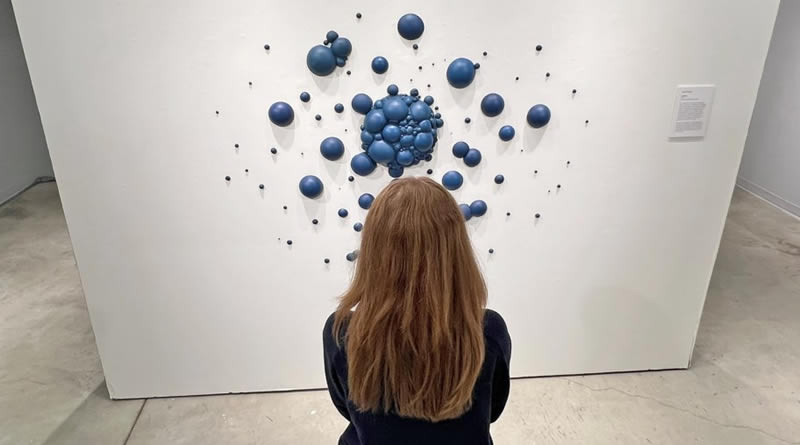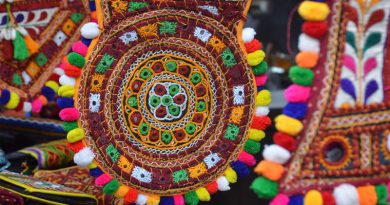What is art and how do artists create their works through their creative processes?
Art is a broad and subjective term that encompasses a wide range of forms, including visual, performing, and literary arts. It is a means of self-expression, communication, and reflection of our society and culture. Artists create their works through various creative processes, which involve exploration, experimentation, and conceptualization. In this article, we will delve deeper into the definition of art and the different creative processes artists use to create their works.
What is Art?
Art is a medium through which artists express themselves and communicate with their audience. It can be seen, heard, or felt and is often a reflection of the society and culture in which it is created. Art is not only a form of self-expression but also a tool for social commentary and political activism.
Visual Arts
Visual arts include painting, drawing, sculpture, photography, and printmaking. These mediums allow artists to express their ideas and emotions visually, using a variety of techniques and materials.
Performing Arts
Performing arts include theatre, dance, music, and film. These art forms involve a live audience and often require collaboration between artists of different disciplines.
Literary Arts
Literary arts include poetry, prose, and drama. These art forms use written language to express ideas and emotions and can be performed live or read silently.
The Creative Process
Artists use a variety of creative processes to bring their ideas to life. These processes often involve exploration, experimentation, and conceptualization.
Exploration
Exploration is the first step in the creative process. It involves research, observation, and analysis of the world around us. Artists use this stage to gather ideas and inspiration for their work.
Experimentation
Experimentation is the process of trying out new ideas and techniques. It involves taking risks and pushing the boundaries of what is possible. Artists use this stage to refine their ideas and techniques and to discover new ways of expressing themselves.
Conceptualization
Conceptualization is the process of developing a clear idea of what the artist wants to communicate through their work. It involves refining the artist’s ideas and techniques and finding a way to express them that resonates with their intended audience.
Conclusion
Art is a complex and multifaceted concept that encompasses a wide range of forms and mediums. Artists use various creative processes to bring their ideas to life, including exploration, experimentation, and conceptualization. Through their works, artists communicate with their audience, expressing their ideas and emotions and reflecting the society and culture in which they live.
As artists continue to create, they may experiment with different mediums, styles, and techniques to continue growing and expanding their skills. They may also draw inspiration from other artists, nature, culture, or personal experiences. Overall, the creative process is a unique and personal journey for each artist, and the resulting work of art is a reflection of their creativity and expression.
In conclusion, art is a complex and multifaceted concept that has been evolving throughout human history. From the earliest cave paintings to the most cutting-edge digital installations, art has always been a means of expression and communication for humanity. Artists use their creative processes to turn their ideas, emotions, and experiences into works of art that can be appreciated, interpreted, and enjoyed by audiences. Whether it’s a painting, sculpture, photograph, or performance, art has the power to move, inspire, and connect people across cultures and time.
FAQs
- What are some common mediums used in art?
- Some common mediums used in art include paint (oil, acrylic, watercolor), pencil, charcoal, clay, stone, metal, and digital tools such as graphic tablets and software.
- How do artists choose their subjects for their artwork?
- Artists may choose their subjects based on personal interests, experiences, emotions, or cultural or societal themes that they wish to explore.
- What is the difference between abstract and representational art?
- Abstract art is non-representational, meaning it does not depict recognizable objects or scenes. Representational art, on the other hand, portrays recognizable subjects such as landscapes, people, or objects.
- How long does it take for an artist to complete a work of art?
- The time it takes to complete a work of art can vary widely depending on the medium, size, and complexity of the artwork. Some works may take hours, while others may take months or even years to complete.
- How can I appreciate art if I don’t have any artistic skills?
- Appreciating art does not require any artistic skills. Simply viewing and contemplating the artwork, learning about the artist and their creative process, and considering the emotions and messages conveyed by the artwork can all contribute to a greater appreciation of art.




